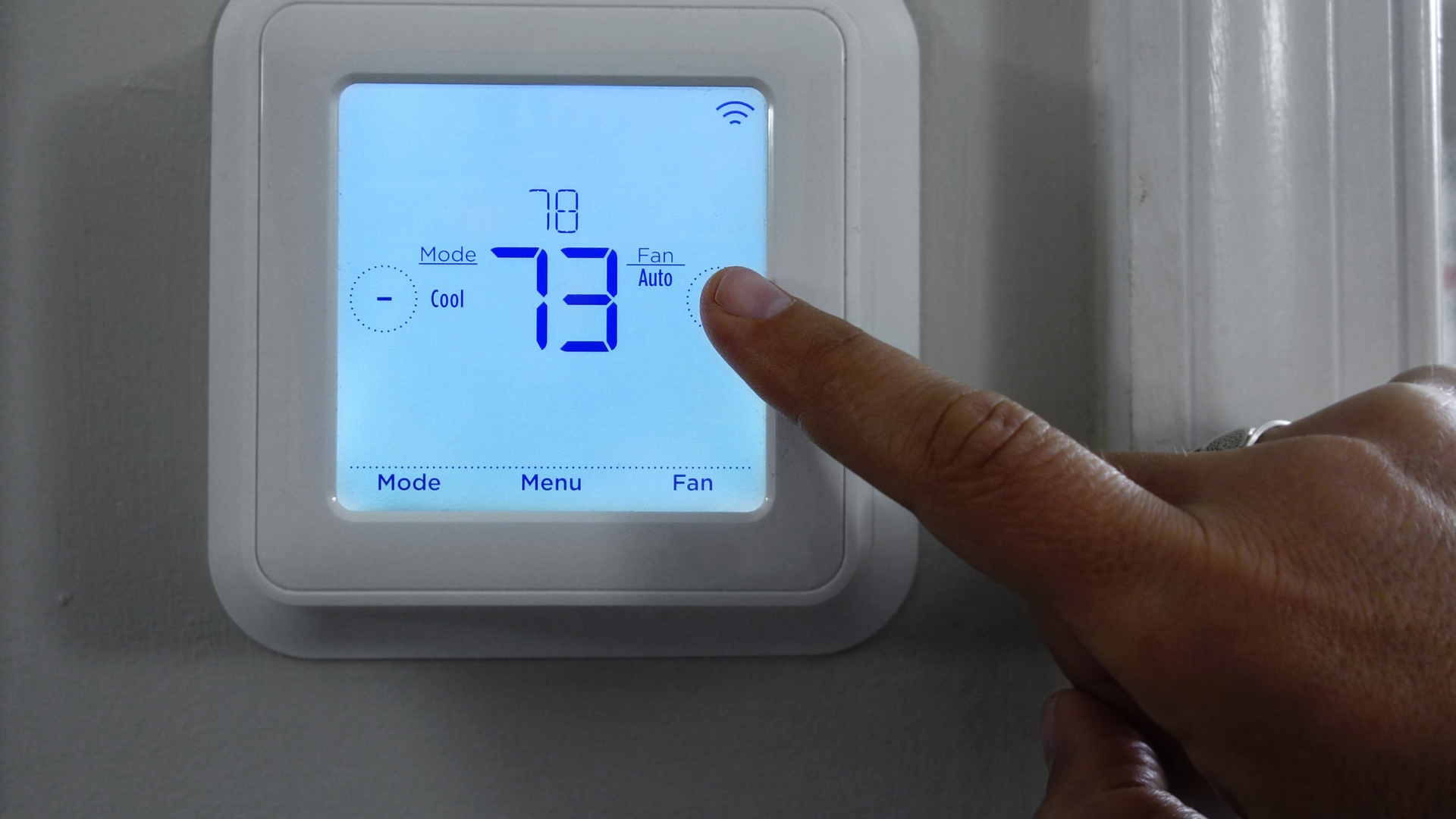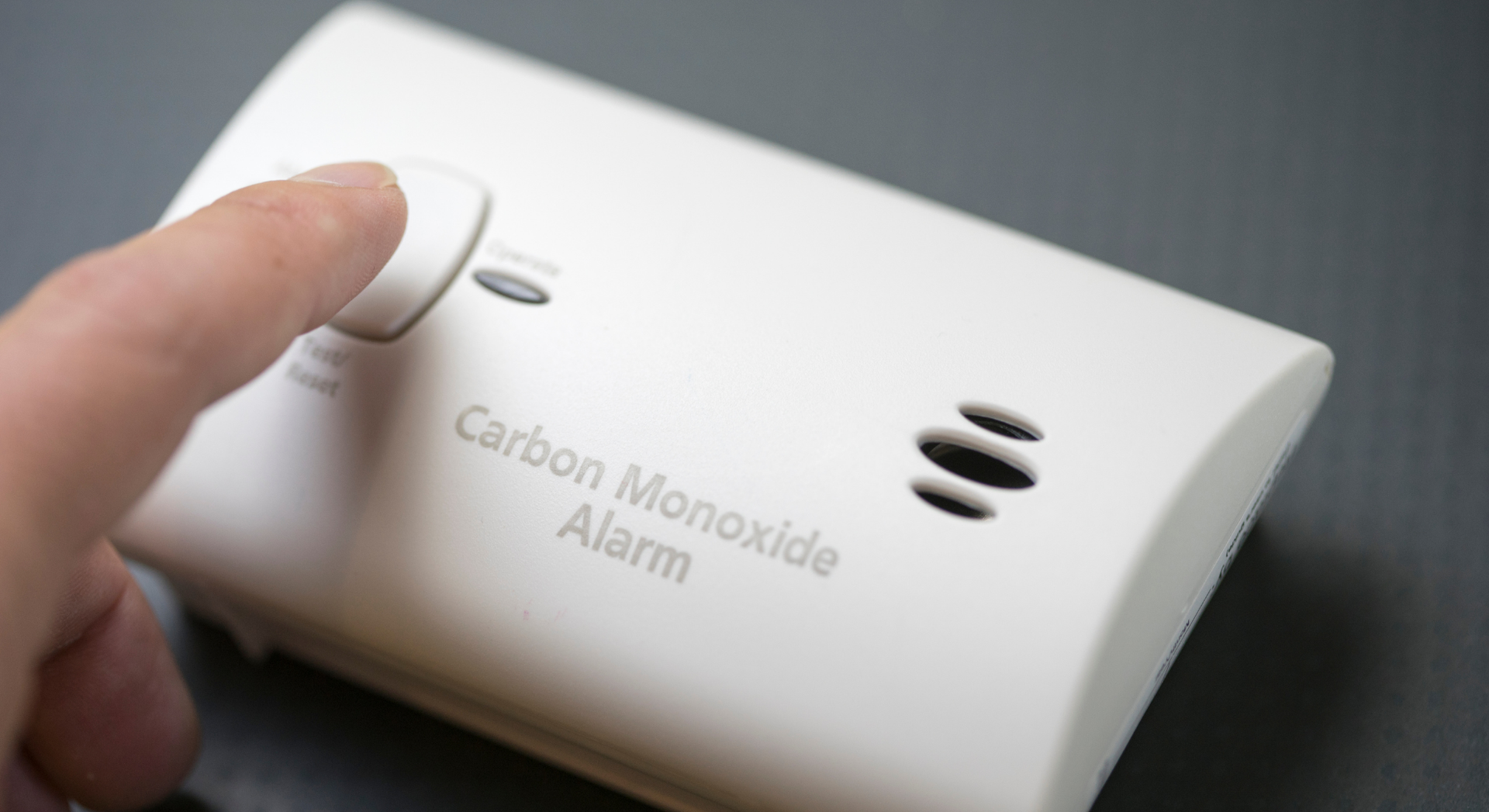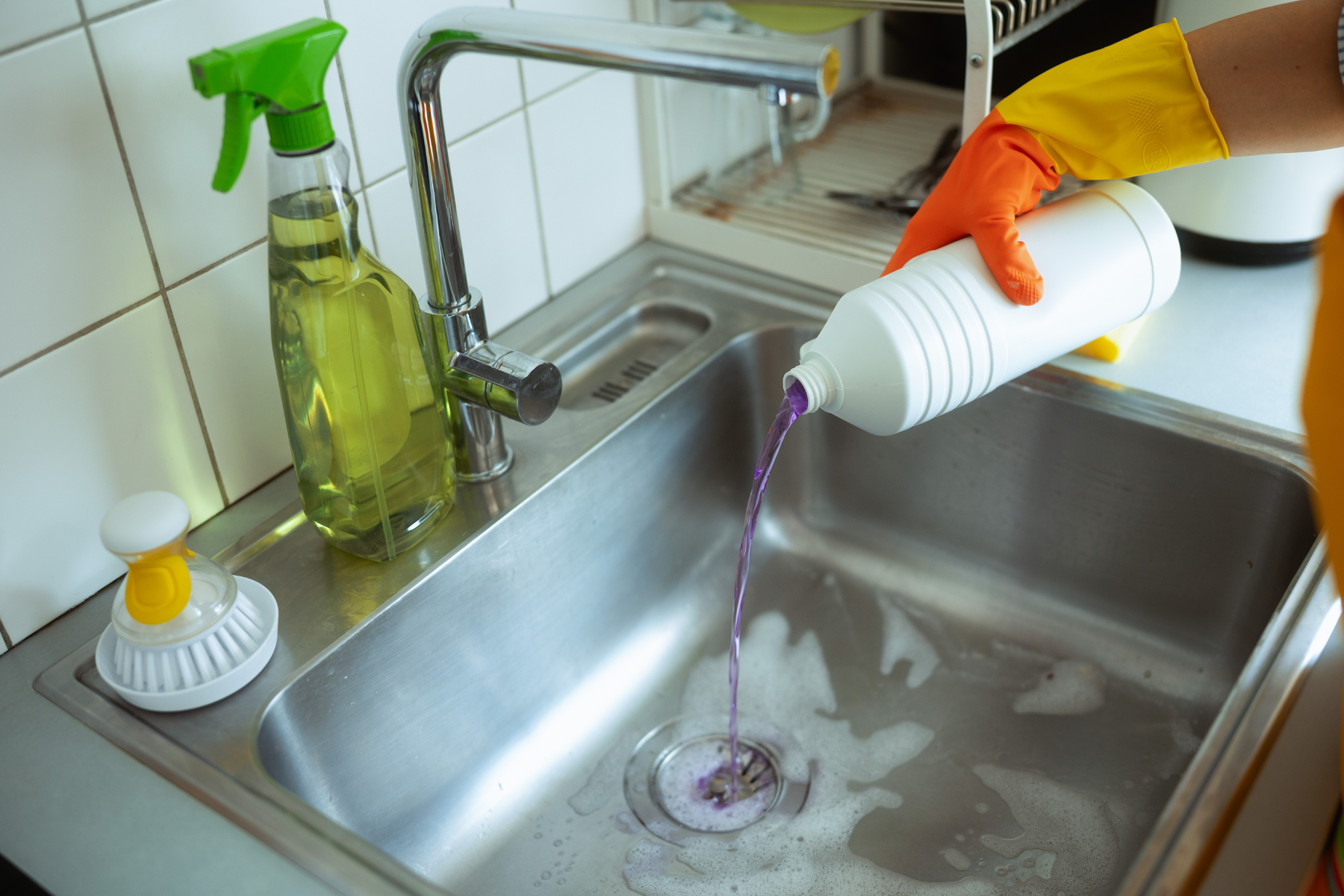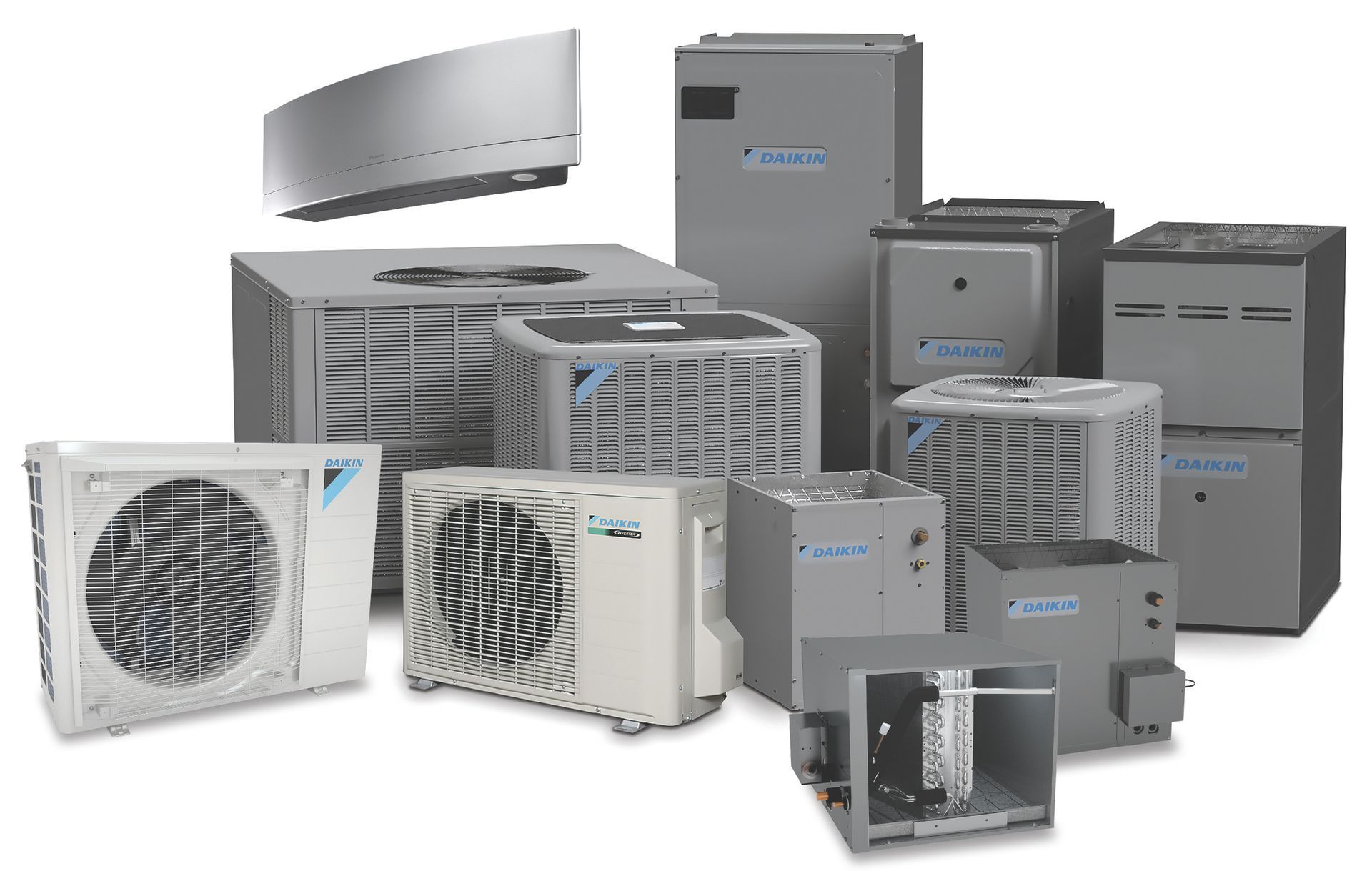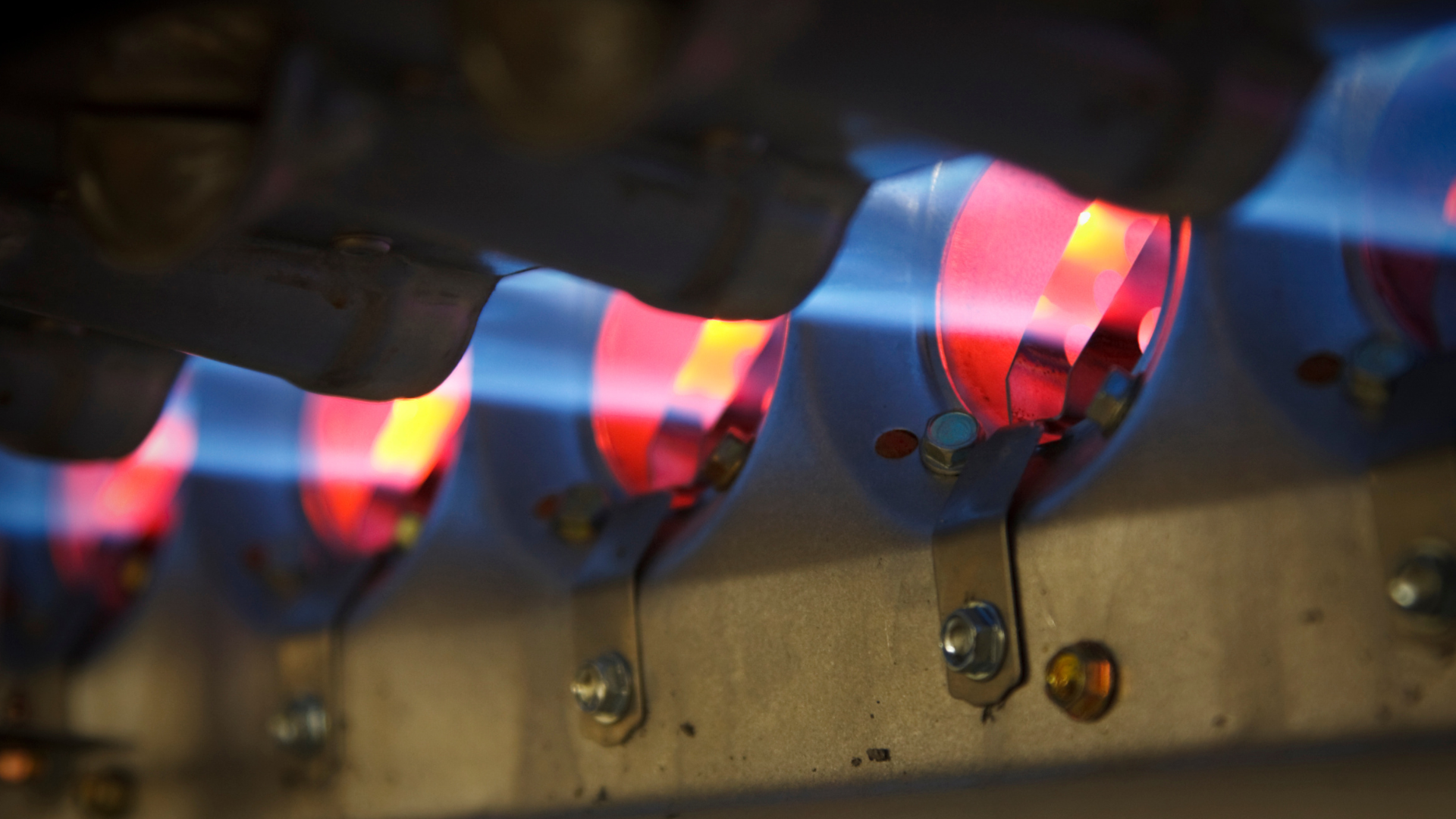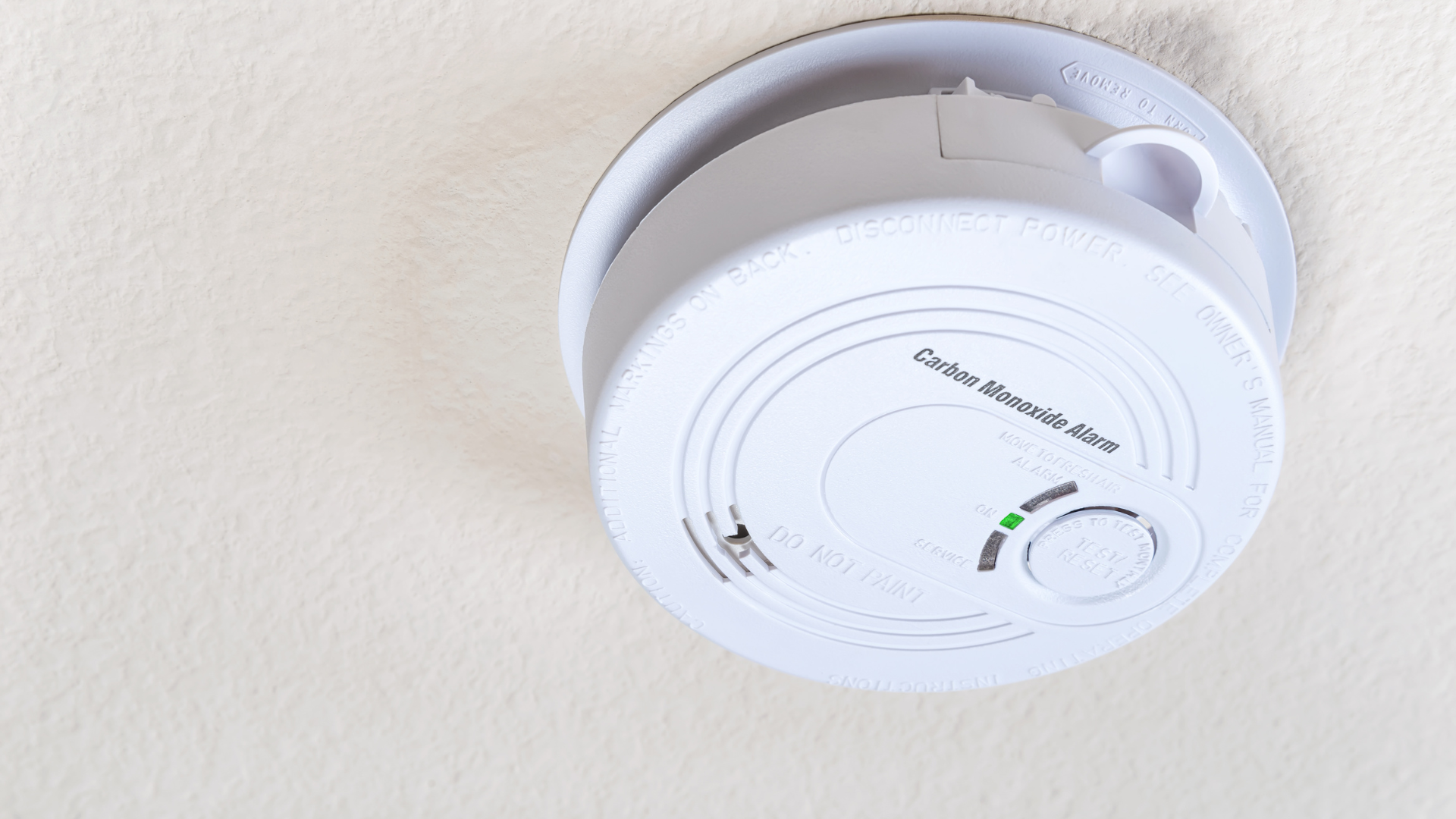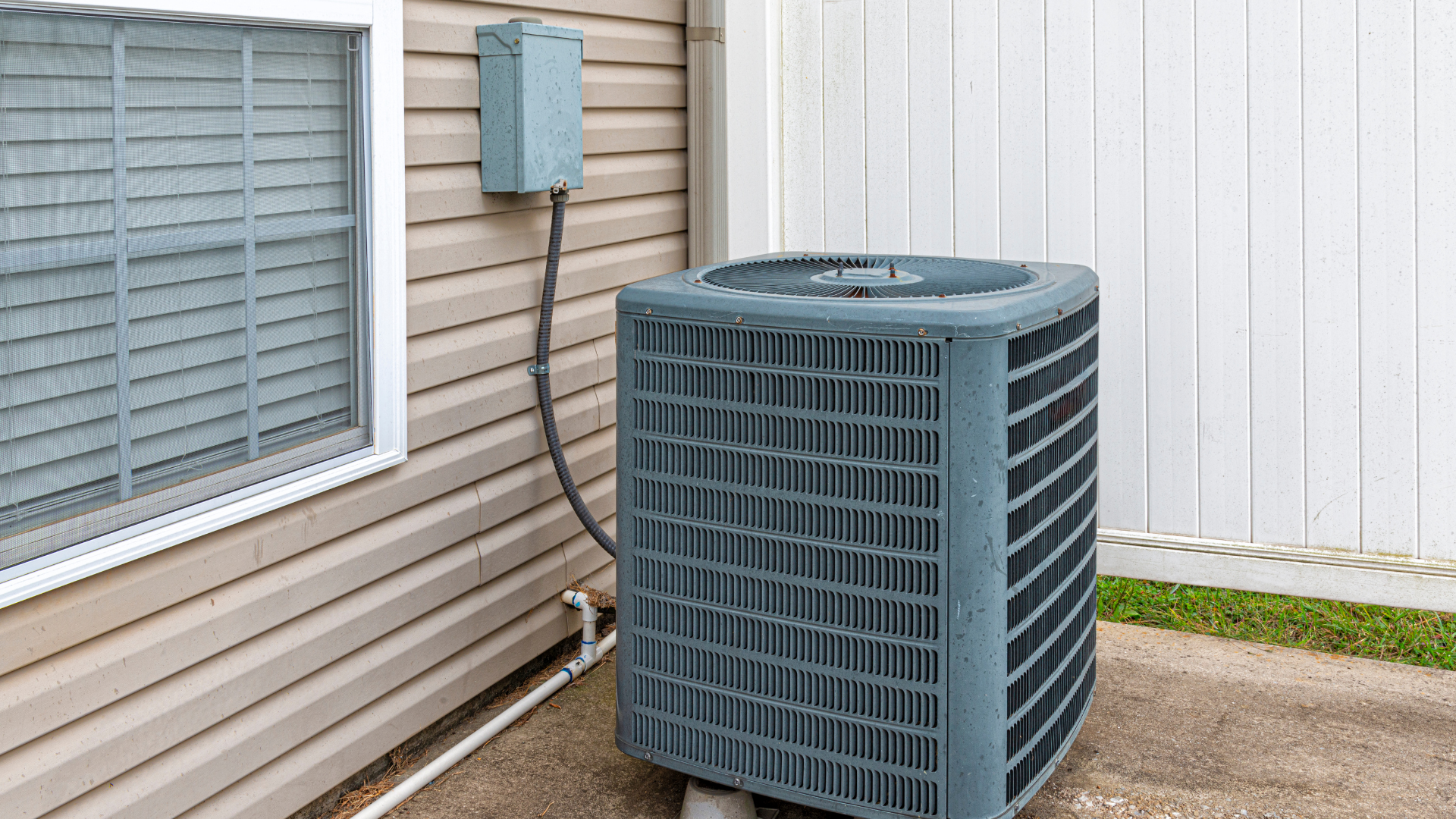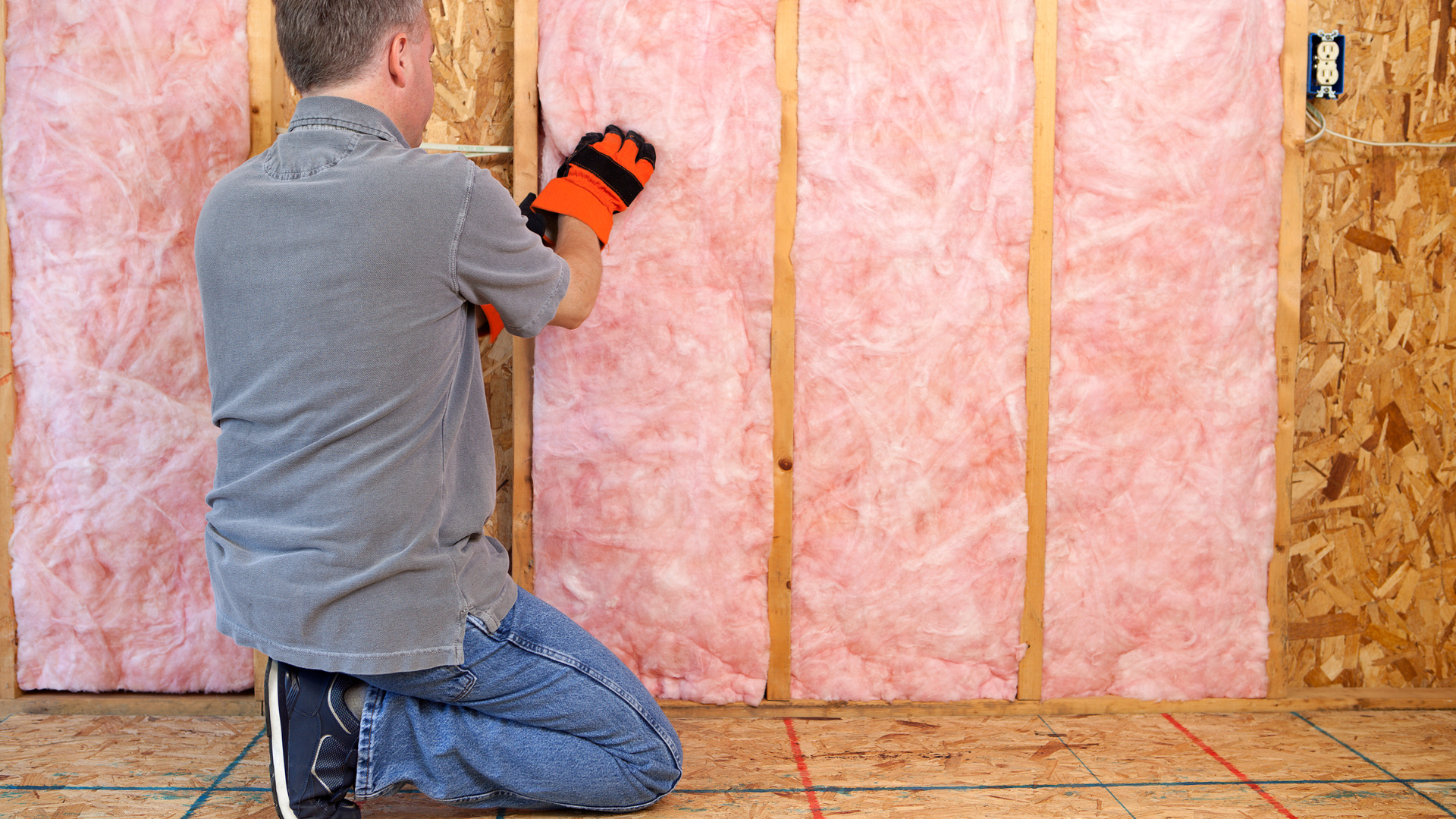UV Technology: Shining a Light on Healthier Indoor Air
Shining a Light on Healthier Indoor Air
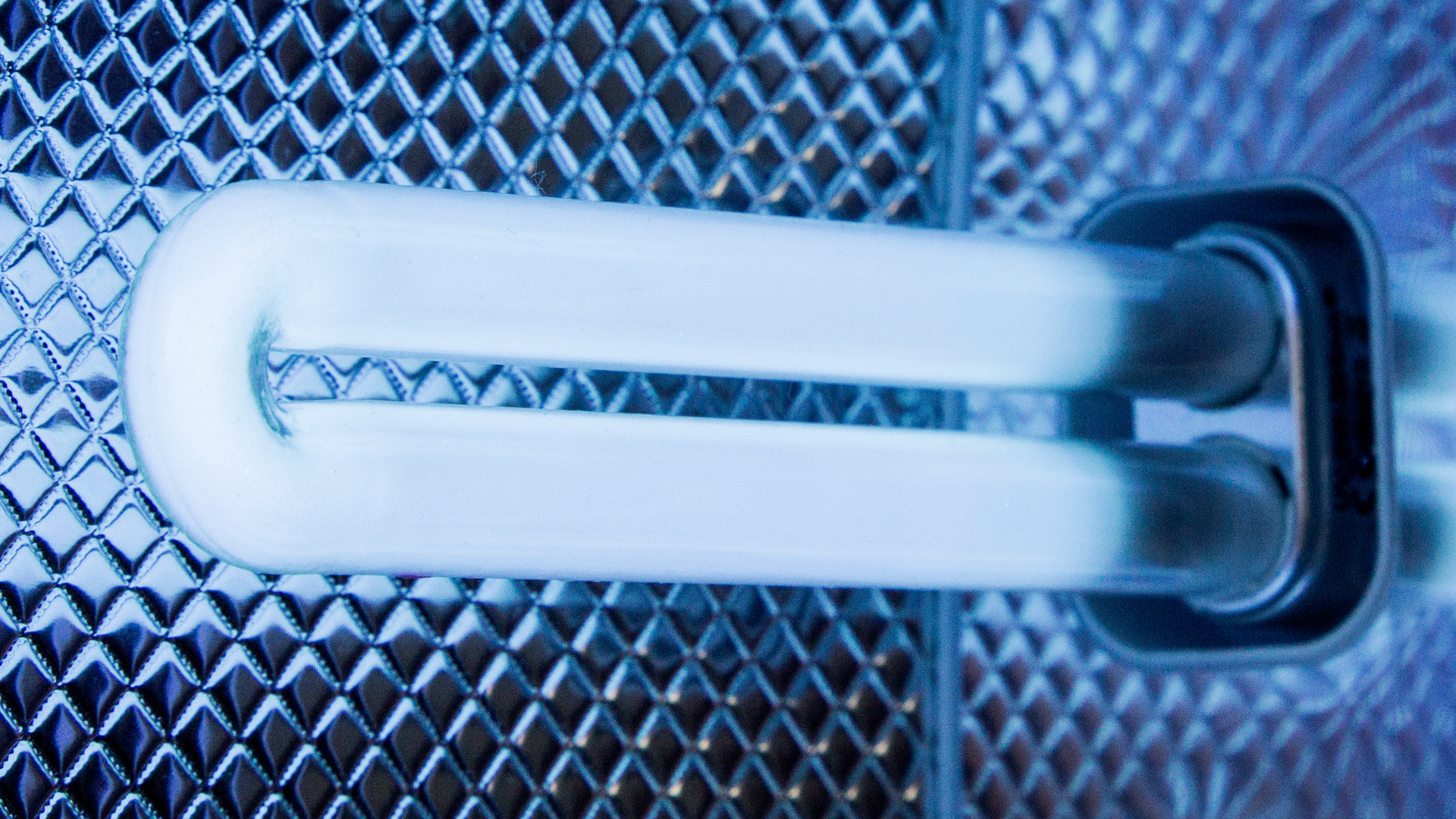
Indoor air quality (IAQ) is a growing concern for homeowners, with pollutants like allergens, mold spores, bacteria, and viruses circulating through our living spaces. While HVAC filters capture many particles, they don't eliminate microscopic biological contaminants. This is where Ultraviolet (UV) light technology comes to the forefront, offering a powerful solution to improve your home's air quality.
This article will explore how UV technology works to enhance your IAQ and clarify the key differences between two primary types: whole-home UV lights and coil UV lights.
How UV Technology Improves Indoor Air Quality
UV-C light, specifically, is a powerful germicidal wavelength of ultraviolet light. It works by disrupting the DNA and RNA of microorganisms (like bacteria, viruses, mold, and fungi), rendering them unable to reproduce and spread. In essence, it "deactivates" these harmful contaminants.
When integrated into your home's HVAC system, UV lights offer several benefits for indoor air quality:
- Neutralizes Biological Contaminants: The primary benefit is the destruction or inactivation of airborne and surface-borne pathogens, including:
- Bacteria: Such as E. coli, Salmonella, and Staphylococcus.
- Viruses: Including influenza, common cold viruses, and other respiratory viruses.
- Mold Spores and Fungi: Preventing their growth and circulation, which can trigger allergies and respiratory issues.
- Reduces Odors: By eliminating mold, mildew, and bacteria that cause unpleasant smells, UV lights can contribute to a fresher-smelling home.
- Enhances HVAC System Efficiency (indirectly): By preventing mold and biofilm growth on coils, UV lights can help your HVAC system maintain its efficiency, as clean coils transfer heat more effectively.
- Alleviates Allergy and Asthma Symptoms: For individuals sensitive to airborne allergens like mold spores, a UV air purifier can significantly reduce triggers, leading to fewer symptoms.
Whole-Home UV Light vs. Coil UV Light: What's the Difference?
While both types of UV lights utilize germicidal UV-C technology within your HVAC system, their placement and primary function differ significantly.
1. Coil UV Light (or "Surface Sterilization" UV Light)
Placement: These UV lights are strategically installed inside your HVAC system, directly aimed at the evaporator coil and the drain pan.
Primary Purpose: Their main job is to prevent and eliminate the growth of mold, mildew, and other microbial biofilms on the moist surfaces of the evaporator coil and the condensate drain pan.
How it Works: The evaporator coil is often damp and cool, making it a prime breeding ground for mold and bacteria. A coil UV light constantly bathes these surfaces in UV-C light, preventing organisms from establishing themselves and growing.
Benefits:
- Prevents Mold Growth on Coils: This is its most significant advantage, preventing musty odors that can originate from the HVAC system itself.
- Maintains HVAC Efficiency: Clean coils improve heat transfer, helping your system run more efficiently and potentially extending its lifespan.
- Reduces Biofilm Buildup: Less biofilm means less resistance to airflow and better system performance.
- Addresses a Common Source of Indoor Air Pollution: Many indoor air quality problems start with microbial growth within the HVAC system.
2. Whole-Home UV Light (or "Air Sterilization" UV Light)
Placement: Whole-home UV lights are typically installed in the return air ductwork, upstream of the air filter, or in the supply plenum, downstream of the air handler. This allows the UV light to treat the air as it circulates through the entire home.
Primary Purpose: To neutralize airborne pathogens as they pass through the HVAC system, providing comprehensive air purification for the entire house.
How it Works: As air is drawn into the return ductwork, it passes through the UV-C light field. Airborne bacteria, viruses, and mold spores are exposed to the germicidal UV-C rays, inactivating them before the air is distributed back into your living spaces.
Benefits:
- Comprehensive Air Purification: Treats all the air circulating through your home's ductwork, not just the coils.
- Reduces Airborne Pathogens: More effectively targets and neutralizes airborne bacteria, viruses, and mold spores that can cause illness or allergies.
- Improved Overall IAQ: Contributes to a significantly healthier indoor environment by reducing the concentration of various airborne biological contaminants.
- Odor Reduction: Can help reduce odors from cooking, pets, and other sources by inactivating odor-causing microorganisms.
Which One is Right for You?
The choice between a coil UV light and a whole-home UV light depends on your specific indoor air quality concerns and budget:
Choose a Coil UV Light if:
- Your primary concern is preventing mold and mildew growth on your HVAC coils and in the drain pan.
- You frequently notice a musty odor coming from your vents.
- You want to maintain your HVAC system's efficiency and prevent biofilm buildup.
- You're looking for a more targeted and generally less expensive solution.
Choose a Whole-Home UV Light if:
- Your primary goal is to actively reduce airborne bacteria, viruses, mold spores, and other pathogens throughout your entire home.
- You have family members with allergies, asthma, or compromised immune systems.
- You want the most comprehensive biological air purification available for your home.
- You are concerned about the spread of airborne illnesses.
Consider Both for Maximum Protection: For the ultimate in indoor air quality, some homeowners choose to install both a coil UV light (for coil sanitation) and a whole-home UV light (for airborne pathogen reduction). This dual approach provides a powerful defense against a wide range of biological contaminants.
Installation and Maintenance
UV lights for HVAC systems should always be installed by a qualified HVAC professional to ensure proper placement, wiring, and safety. The bulbs typically need to be replaced annually, as their germicidal effectiveness diminishes over time, even if they still appear to be glowing. Your HVAC technician can perform this replacement during your regular system maintenance.
Summary
By integrating UV technology into your HVAC system, you can significantly enhance your home's indoor air quality, leading to a healthier and more comfortable living environment for you and your family.
Click Another Article to Read More
